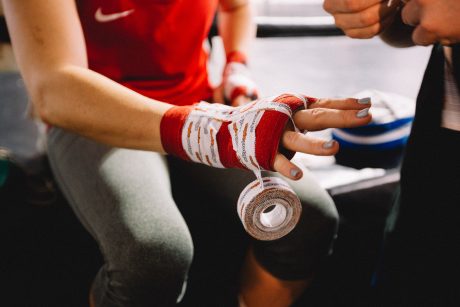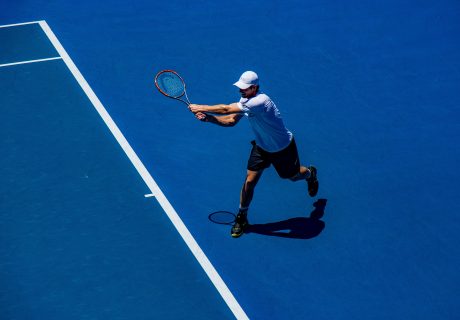Hand Therapy – Professional Development June 2018
Published on
14 Jul 2018

Call us on: (03) 9975 4133
In June, our professional development session looked at upper limb injuries. One key take-home message is not to wait long before getting a professional opinion and assessment if you have a major sprain, finger dislocation or loss of hand/finger movement.
In June, our professional development session looked at upper limb injuries. We were lucky enough to have Daniel Purtell from the Victorian Hand Surgery Associates present to us. Daniel has over 10 years experience and practices out of both St Vincent’s and Cabrini Hospital, treating and assessing a range of hand injuries from major trauma to simple fractures.
Daniel discussed the different types of hand injuries, how they occur, what to look for when assessing a hand as well as treatment options. We also had the opportunity to practice some splinting and complete some different strengthening strategies post immobilisation. Often, finger and hand injuries can be ignored or disregarded as just an ‘old football injury’. The importance of Daniel’s presentation showed us that these injuries should not be ignored and can have a detrimental effect months to years post the initial injury. One key take-home message is not to wait long before getting a professional opinion and assessment if you have a major sprain, finger dislocation or loss of hand/finger movement. Getting the correct type of scan is vital for a full recovery, especially in the case of a ‘minor sprain’ that is not healing as expected. Some injuries need splinting for a few weeks to heal smoothly. Physios can order a scan based on examination, and also refer you to hand therapists, GPs and specialist Orthopaedic surgeons.

The second part of our professional development session looked at rehabilitation strategies for elbow tendinopathies, commonly known as tennis and golfers elbow. The physiotherapists looked at new ways to both implement and teach the latest evidence based research into our clinic. We also looked at a few of the latest products available to patients to improve recovery times as well as prevent further injury.

Identifying different subgroups of patients who respond to different treatments is really important, especially in the early phase of tennis elbow assessment and treatment. Certain types of resistance exercises, called Isometrics, can reduce pain levels. Other exercises make your muscles stronger and improve pain-free grip strength. Evidence from the literature tells us that power in the whole arm, and not just around the elbow, is reduced when people have tennis elbow. Certain risk factors also lead to a poorer outcome with your recovery in the long term. These are really important to identify early when you chat to your physio during history taking.
We’re here to help
If you would to learn more or have an old footy injury you would like assessed, get in touch now!
Back to blog home